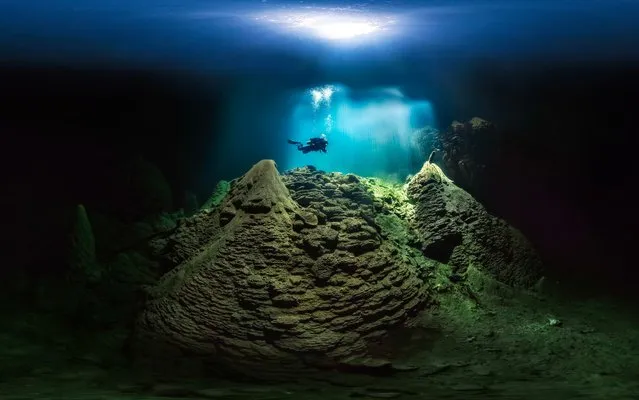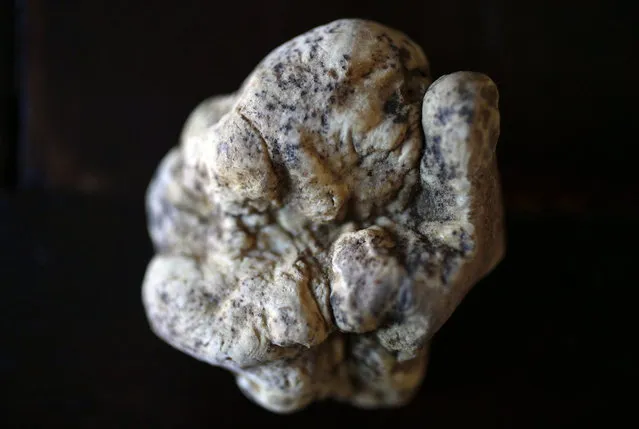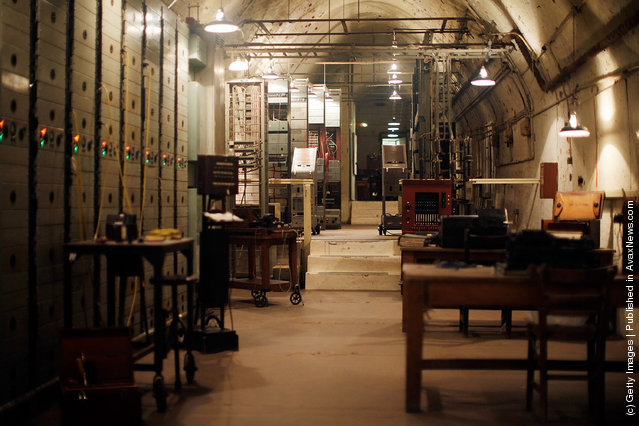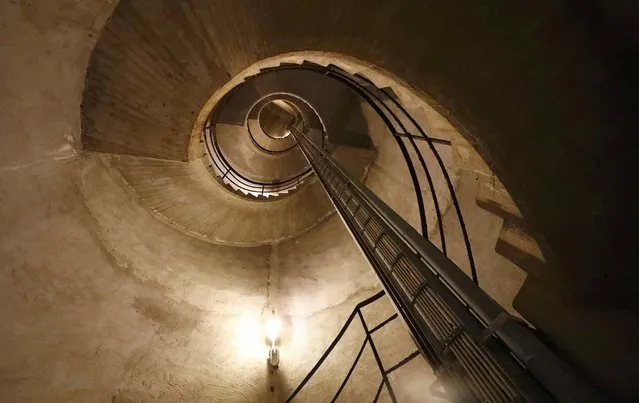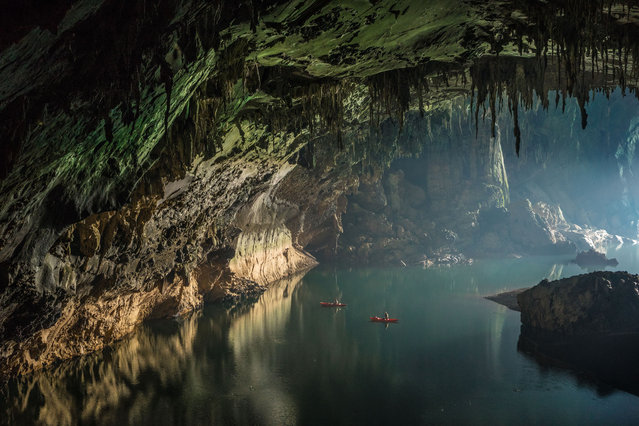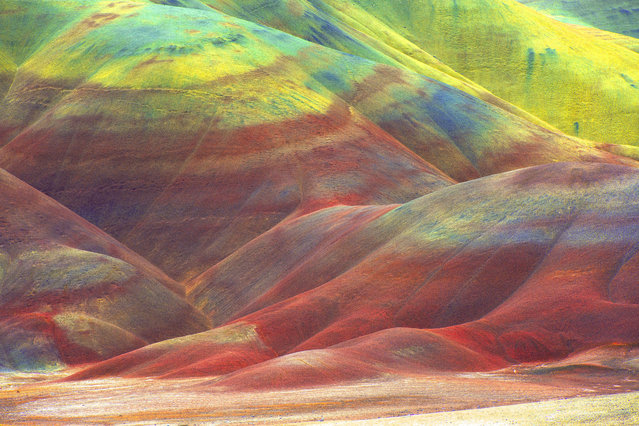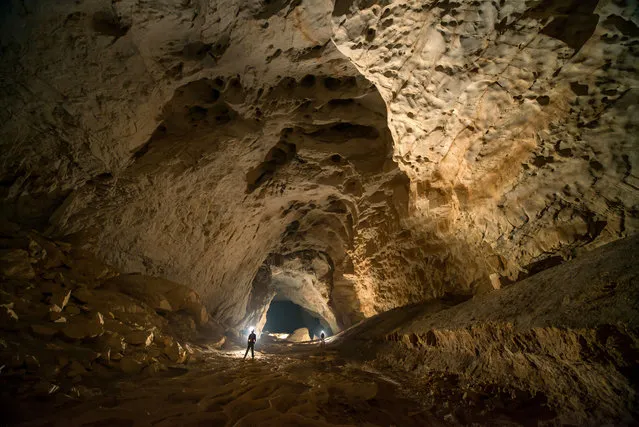
“Adventurers have gone deep underground to discover previously unexplored caves in these pictures. The awe-inspiring snaps show the cavers dwarfed by the huge series natural rock chambers in the Leye – Fengshan Geopark, China. Belgian photographer Francois-Xavier De Ruydts, 33, captured the team of explorers as they trekked through the deep wonderground in January 2014”. – Caters News. Here: Caving expedition in Fengshan, China, Guangxi province. (Photo by Francois-Xavier De Ruydts/Caters News)
29 Oct 2014 12:08:00,post received
0 comments

